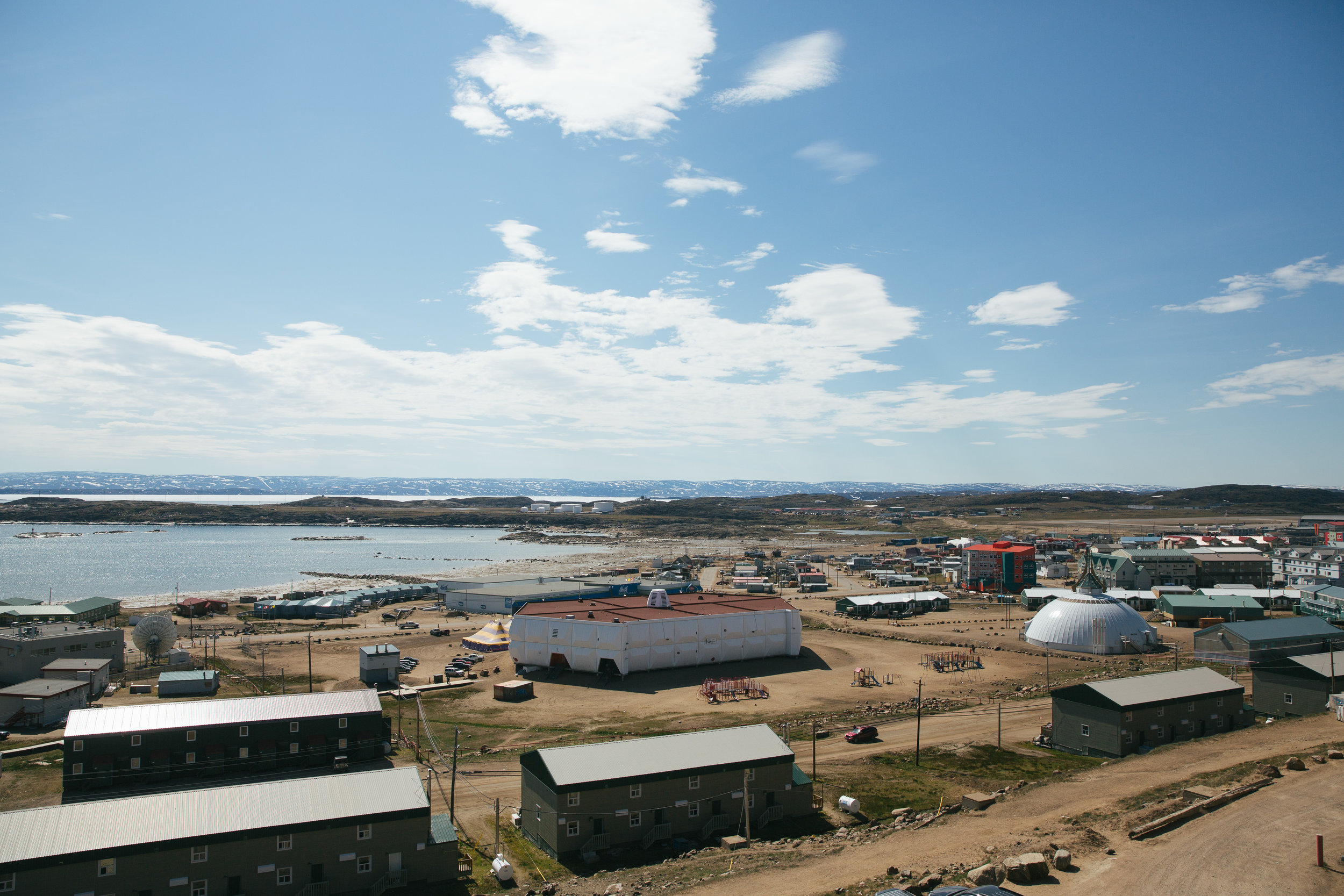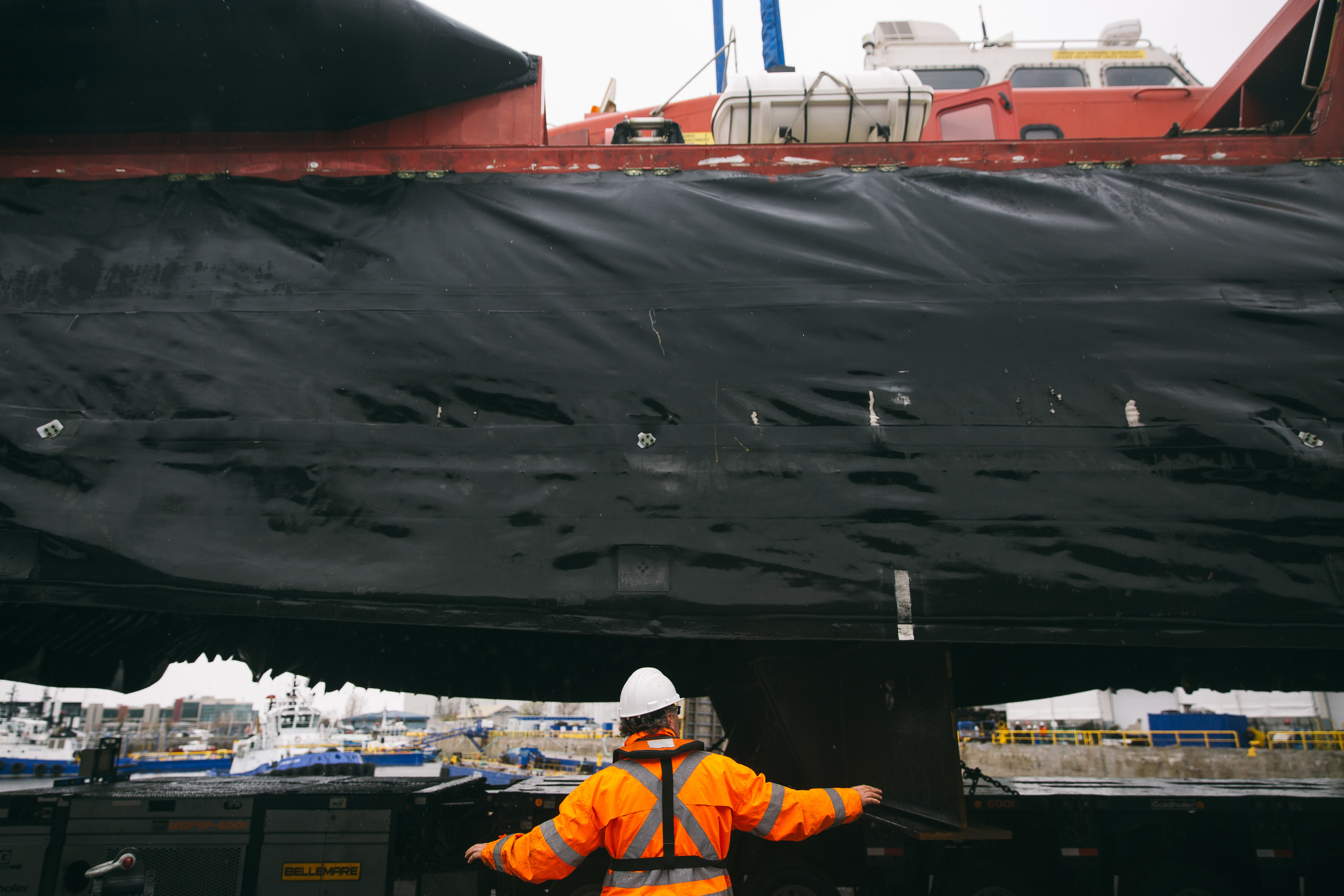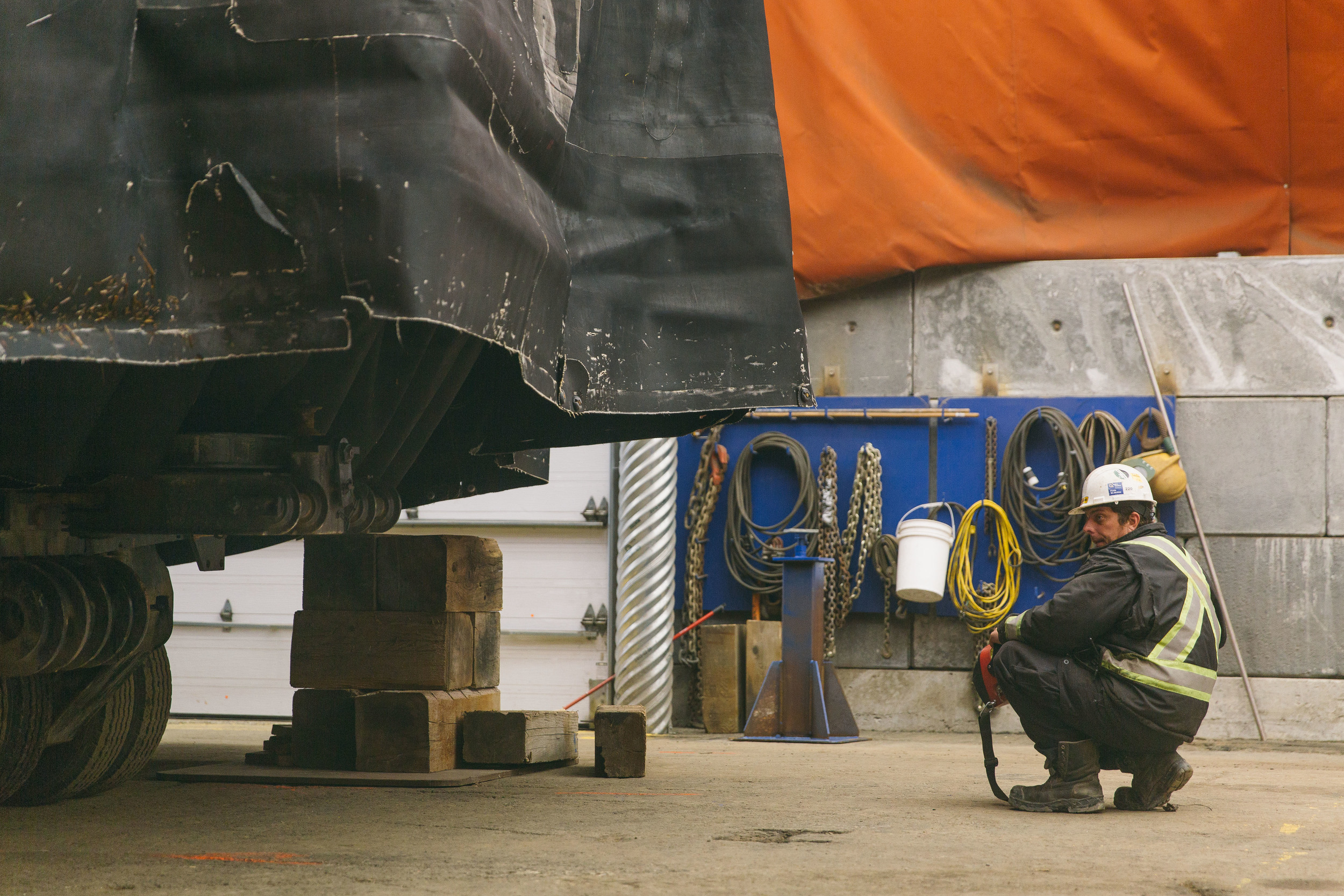This summer, I had the great pleasure of touring with Nomadic Massive. Based in Montreal, they are an amazing multilingual hip hop group. We recently completed tours across Canada and France, and this was the highlight. Iqaluit is one of the most interesting places I've ever been. I've travelled to many wonderful places, but nowhere as real. Iqaluit throws life in your face with its contrasting qualities. I was deeply impacted by the intensely beautiful territory of Nunavut.
Iqaluit is the most northern capital in North America. With a population just under 7,800, it is the largest town in Nunavut. Many people from other northern communities come to live here. We met people from as far away as Resolute. Many immigrants who come to Canada end up here because of job opportunities. Everyone we talked to had a unique story and experience of living there.
As we flew into Iqaluit, I was struck by the true isolation of the region. Iqaluit is surrounded by thousands of kilometers of rock, small lakes, and ocean. Most goods are flown or shipped in, which drives up the cost of living dramatically.
The photos from our three days are presented in order of time to portray the endless summer days. Dusk would begin around 10:45 PM, and the sun would never fully set. The sunrise would start around 1:45 AM. Keep in mind, the winter is the complete opposite, and the windchill can reach -60 degrees celsius.
2:21 PM
4:13 PM - The most northerly Tim Hortons in the world.
9:10 PM
9:12 PM
9:19 PM - Mark Haynes
9:23 PM
9:23 PM
9:24 PM
9:24 PM
9:28 PM
9:32 PM
9:34 PM
9:39 PM
This man was at the top of the mountain with his granddaughter. He has lived in Iqaluit for 10 years. I asked what has changed the most since he has lived there. He said there are a lot more houses and a lot of bootlegging. There are no liquor stores in Iqaluit, the locals have to go to one of the few places in town that serves alcohol or they ship in their own.
A common theme I found when talking to local indigenous people was that they are most comfortable in this environment. Whenever they leave to work in a city such as Ottawa, they feel claustrophobic with the buildings and trees. They are used to an environment where they can see forever. Many eventually return to the north.
9:42 PM
9:44 PM
9:47 PM
10:30 PM
10:30 PM - Lou Piensa, Jean-Michel Frederic, Jephte Kalombo
11:14 PM - Waahli
11:17 PM
11:23 PM - Lou Piensa
11:24 PM
11:31 PM - Jephte Kalombo
11:39 PM - Evan Shay
11:43 PM - Meryem Saci
12:56 AM
There are four official languages in Nunavut: Inuktitut, English, French, and Inuinnaqtun. The first three can be seen on stop signs. You hear Québécois French sometimes, as people come up and live here for jobs. Locals speak the South Baffin dialect of Inuktitut, which is passed down orally from elders. The language sounds like nothing I have ever heard before. The written language is based on the Cree syllabary created by Methodist missionary James Evans. It wasn't fully adopted until the 1970's by the Inuit Cultural Institute.
12:59 AM
1:11 AM - Lou Piensa
1:21 AM - Waahli
1:25 AM
1:43 AM - Ali Sepu
1:47 AM
1:50 AM - Jean-Michel Frederic
2:10 AM
2:21 AM - The Snack is the only 24 hour food spot in town. Their little red delivery cars would be zipping around town along with the taxi drivers all night.
2:52 AM
We had a late night hang with people from the Alianait Arts Festival. We jammed with musicians from around Nunavut and Greenland. Jean-Michel started playing "The World Is Yours" by Nas on the piano, and everyone joined in with their own parts. Hip hop reaches far!
3:29 AM
3:30 AM
4:07 AM
4:44 AM
4:54 AM
We experienced endless generosity and friendship in Iqaluit. Spending time here was deeply humbling. I hope to return soon.



































































































